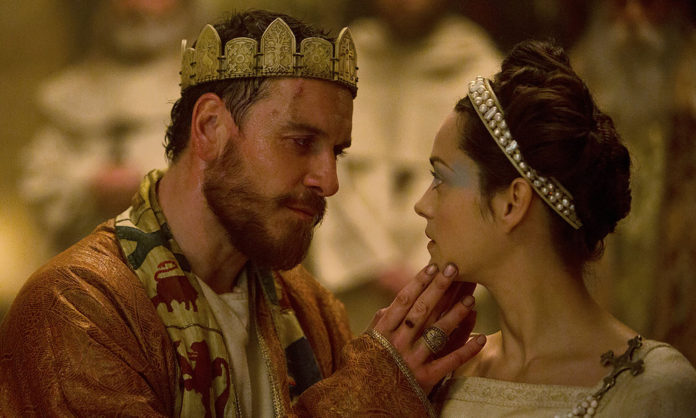In a recent post, George Saunders answers a reader’s question about creating likable characters.
In this case, the questioner – a writer – created a character who was so unlikeable that they struggled to work on the story. Once the writer added a few likable traits, the story opened up and the writing went well. Unfortunately, the very traits the writer added to their protagonist caused the story to stall. Because the character was so likable, the writer couldn’t figure out why he would act as the plot required. Thus, the writer was left with a character who wouldn’t move forward, and a number of “likable” traits that were now downright hate-able.
In his response, Saunders acknowledges that we should find something likable about our characters, even if we don’t like them very much. In some way, we must find our characters interesting…and so must our readers.
Saunders suggests not viewing characters as likable or not, as this causes us to pre-judge the protagonist. It’s hard to write about someone when we’ve already reached a conclusion about their worth, so perhaps we should keep an open mind and not answer the question of likability. Instead, we should observe and report, approaching our characters with a sense of discovery, hoping to find what is both good and bad in them.
“The writer is, let’s say, so busy depicting those actions vividly that she neglects to judge anything,” Saunders says. “And because she’s not sure what to think of the character (and may be presenting contradictory signals re “likable” or “not”) the reader will also be unsure – and this is the essence of dramatic urgency.” In other words, if your reader can’t figure out your protagonist, there’s a good chance they will keep reading.
Alternatively, Saunders suggests that we reject likability and focus on creating traits our readers might identify in themselves. “The writer might give the character some thoughts or tendencies from her own life and her own ways of thinking (and not just the good stuff),” he says. “There’s something about the intimacy of this that draws the reader in and also eliminates that slight feeling of puppeteering that can taint our character work.”
The solution is to create complex characters, with recognizable quirks and characteristics. Even the worst type of individual can capture an audience’s attention and imagination, when the audience sees a little bit of themselves in their bad habits, blind spots, or weaknesses. The contrast between negative behavior and human frailty confuses but intrigues your reader. They’ll want to know why this relatable person is acting badly.
In the end, liking or not liking your character is beside the point. “Mystery is in the air. Everything remains to be seen,” Saunders says. “The point, maybe, is that it’s fun to be in a story that has not been overdetermined.”
Saunders goes into more detail on the writer’s full question, including how to write her way out of the trap her now likable character has taken her into.












